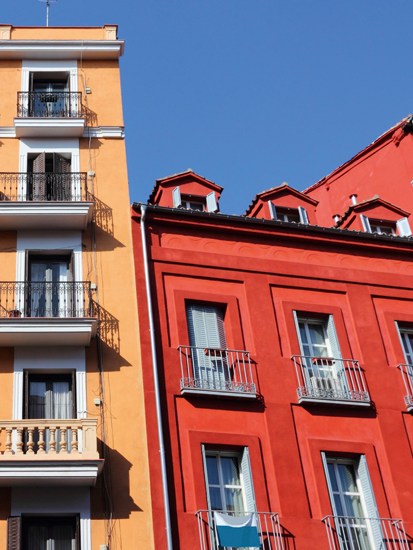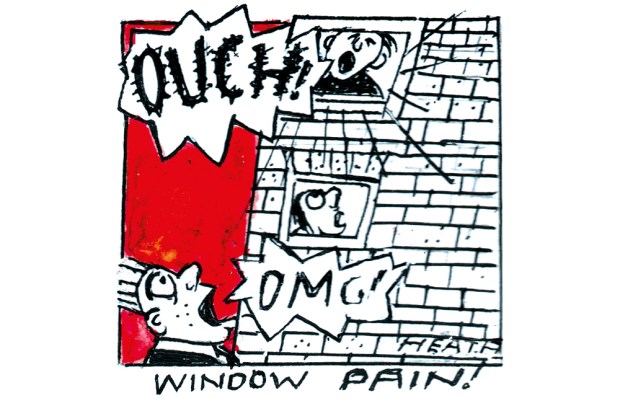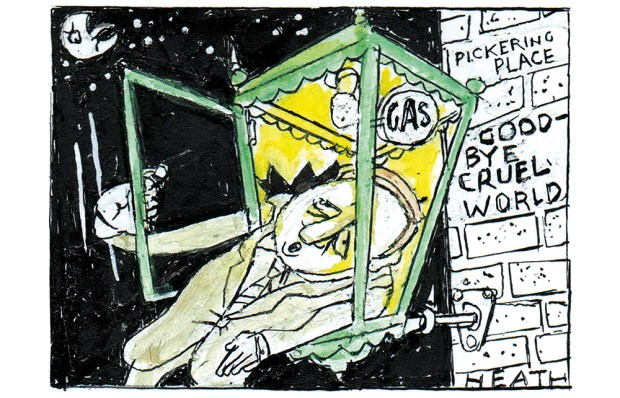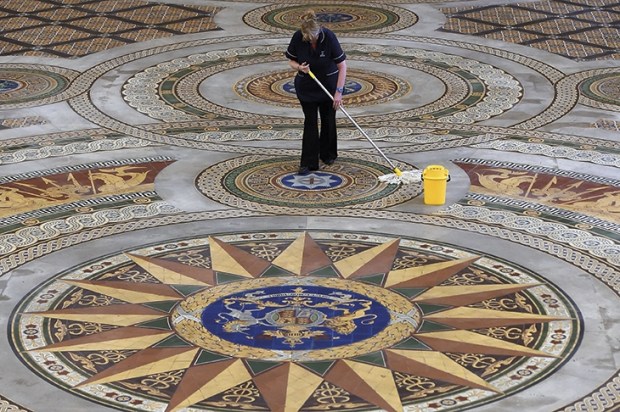I got Madrid utterly wrong for quite a long time. It’s a lovely city to walk in, and I thought it was idealistic and innocent, like Don Quixote. But its strength is the easy-going tricksiness of a Sancho Panza. It is a little like Toledo or Seville in the picaresque 17th century.
I’ve only been robbed once, not violently, but it should have been more, so foolishly trusting was I, leaving my bag unattended or my jacket on the back of a chair. Not that Madrid is dangerous. You can saunter southwards from the marvellous Museo Sorolla (the house of the striking Sargent-like painter, stuffed with his canvases) in Paseo Martínez Campos, through streets of non-chain shops, down to the latitude of the Prado.
On the way there are bars or cafés — the concepts overlap. For the Spanish have invented meals to fill in every hour of the day: rich, rich breakfast chocolate with oily dough-stick churros; a sort of elevenses with savoury bits and pieces; a long lunch from 2 p.m.; merienda at teatime, with cake or pastries; more bits and pieces during the paseo when everyone potters around before dinner at 10 or 11 p.m.
On this southward stroll, there’s a street that stands for the right way to see Madrid. Just inside the elbow in the east-west Gran Via lies the Calle del Desengaño. There is some tarradiddle told to tourists about the street’s name. But the notion of desengaño is an awakening from deceit, the counterpart of the proverb la vida es sueño — life’s a dream. If tricksters use engaño, deceit (as does all the world), then desengaño is the eye-opener: the right way to see any city. Goya lived in this street, and he could see things all right.
The Prado (with plenty of disturbing Goyas) is always to be visited, even for a single favourite picture. The best time is 2 p.m., when crocodiles of schoolchildren are hurried off to their lunch, leaving Velázquez’s ‘Las Meninas’ open to tranquil inspection.
If, then, you head westward, there’s a gentle hill with narrow streets of houses of surprising age. One next to an off-licence selling scorching kinds of absinthe is where Cervantes died. Like London, Madrid hides its treasures from casual passers-by. Round any corner in this little district above the Calle Atocha lies an old convent or a cellar jazz café in an old stone house.
Visitors to Madrid can do the obvious, such as dining in one of the restaurants in the 17th-century streets south of the Plaza Mayor. Botín in Calle Cuchilleros (Cutler Street) is said to be the world’s oldest restaurant. I prefer La Posada de la Villa round the corner in Calle Cava Baja. Nothing could be better than the leg of a little lamb, roasted in a domed oven, with a salad of lettuce and some red wine. To wander back afterwards to a central hotel, through late streets still full of happy drinkers, leaves an impression of being part of Madrid.
Got something to add? Join the discussion and comment below.
Get 10 issues for just $10
Subscribe to The Spectator Australia today for the next 10 magazine issues, plus full online access, for just $10.
You might disagree with half of it, but you’ll enjoy reading all of it. Try your first month for free, then just $2 a week for the remainder of your first year.














Comments
Don't miss out
Join the conversation with other Spectator Australia readers. Subscribe to leave a comment.
SUBSCRIBEAlready a subscriber? Log in